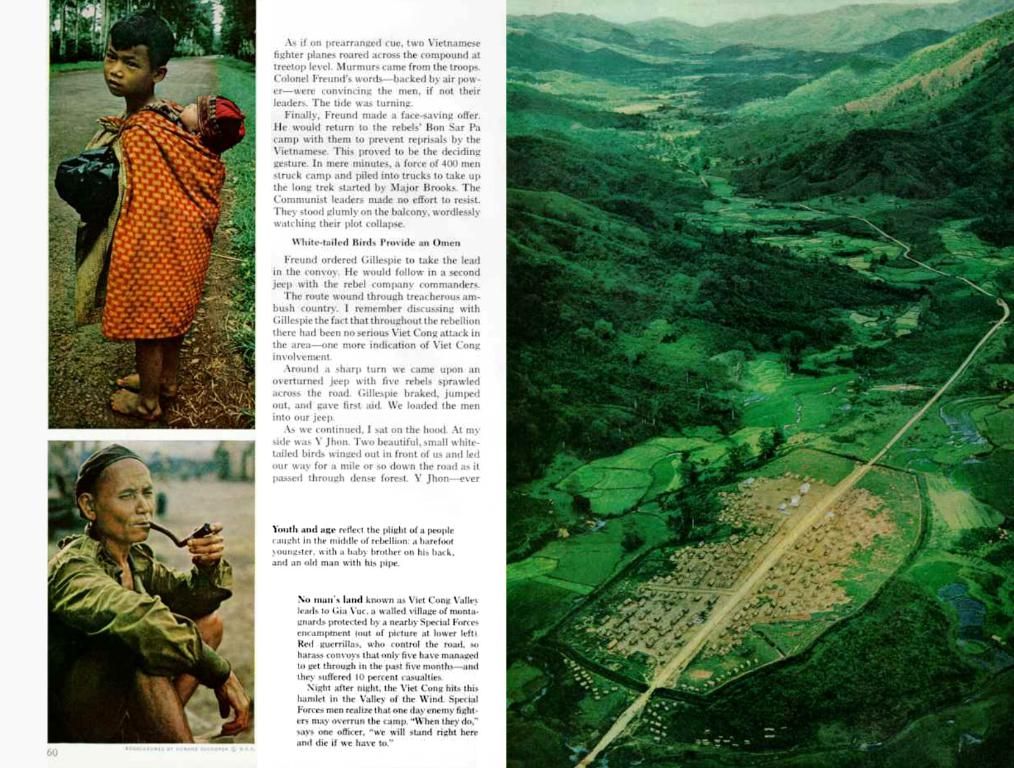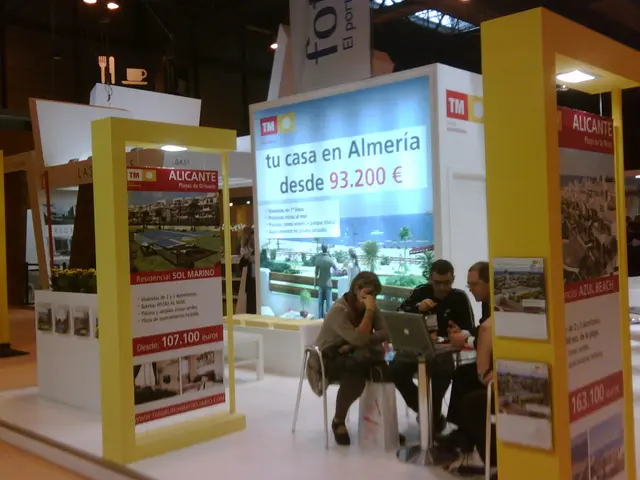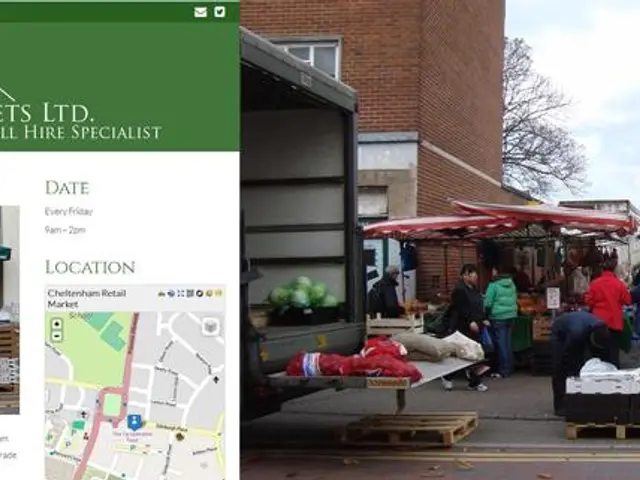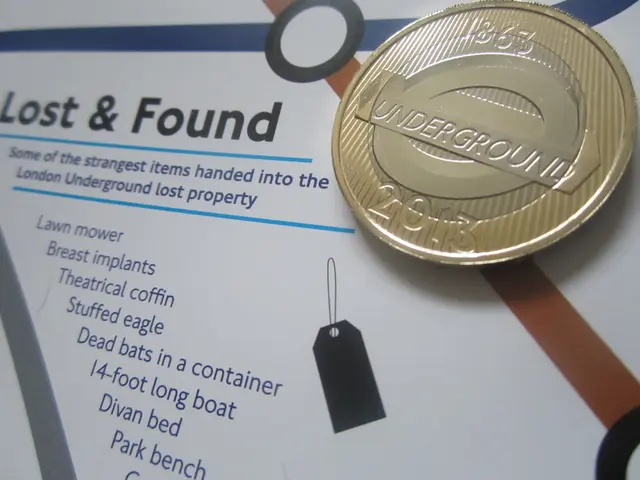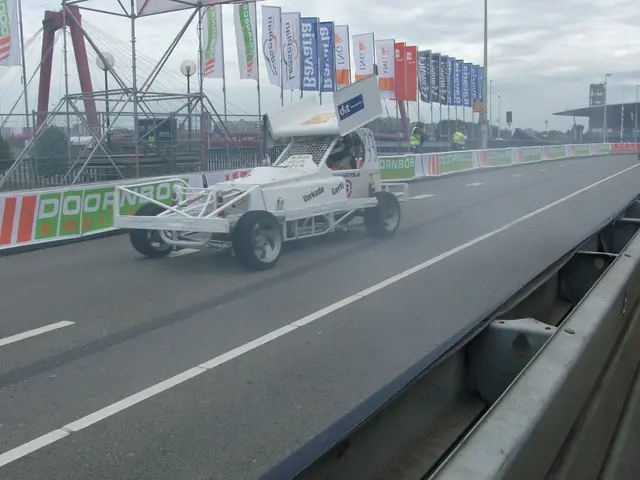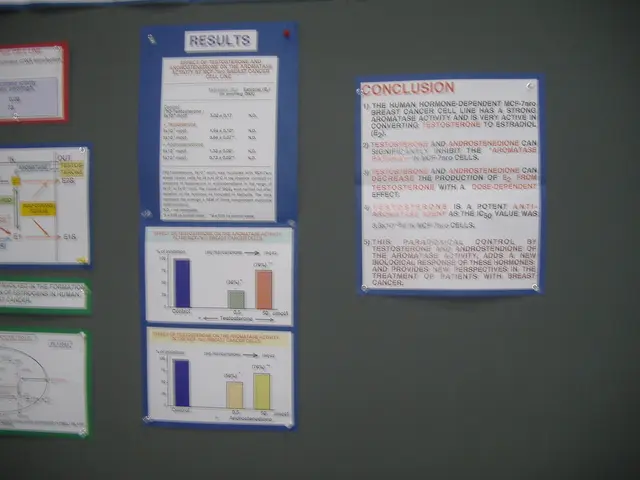Catching Tesla's "Vision": Parking Assistance Battles between Tesla and Traditional Systems
Tesla's parking assistance system, Vision, regularly experiences failures.
Get a glimpse into the world of auto-assistance where Tesla's camera-led "Vision" system clashes with the dependable ultrasonic sensors of traditional competitors.
Elon Musk's ambition to revolutionize Tesla's assistance systems might have taken an unexpected turn as expert reports, commissioned by German courts and shared with "Der Spiegel", suggest that the "Tesla Vision" system often stumbles while parking. Tesla has declined to comment on these reports.
Tesla's decision to swap ultrasonic sensors for cameras in the production of its assistance systems a few years back has led to intriguing results. According to multiple expert assessments, the "Tesla Vision" system sometimes falters even at simple parking maneuvers like steering around a bicycle rack or a cardboard box. These blunders could lead to visible warnings that disappear or reappear unpredictably, or objects remaining unrecognized, such as a child seated directly in front of the car.
A damning report scrutinizes the "Vision" system in the Model Y, Tesla's best-selling vehicle. The experts' conclusions are crystal clear: Tesla Vision isn't on par with a model equipped with ultrasonic sensors.
Comparisons between two Model 3 Teslas—one with ultrasonic sensors and the other with cameras—and a Peugeot 308 with ultrasonic sensors, revealed inconsistencies and overall unreliability with the Tesla model using cameras. Repeated tests generated disparate results, tagging the parking assistance system as "not sufficiently functional".
Industry Insights:- Camera Only vs Hybrid Systems: Tesla's commitment to a purely camera-based system is driven by the desire for technological simplification and reduced costs. However, critics assert that this may compromise reliability compared to hybrid systems that blend cameras with ultrasonic sensors—currently seen as more reliable in recognizing obstacles during parking maneuvers.
Reliability Stats:- Improved Flexibility: Tesla Vision successfully parks reliably in nearly any parking spot without the need for nearby vehicles as a reference.- Lagging Behind: Despite advancements, Tesla Vision sometimes underperforms relative to systems utilizing ultrasonic sensors, causing concerns about safety and readiness for widespread adoption.
Source: ntv.de, as
[1] Rogel, Eric (Dec 19, 2018). "Why Tesla's Full Self-Driving Relies on Its Camera Suite". Electrek.[2] Baú announces the hiring of third-party experts to test Elon Musk’s self-driving cars. (Sep 21, 2020). Statista.[3] Mack, Michael (Apr 09, 2021). "Tesla to Invest $9 Billion in Gigafactory Taiwan: Musk". BloombergQuint.[4] Ford, James (Apr 09, 2021). "Elon Musk's Startup Neuralink Emerges from Stealth". WIRED.[5] Dhingra, Ashtyn (Feb 09, 2022). "Tesla's vision-based Autopark improves the flexibility of automated parking in varied environments". TechCrunch.
- In the automotive industry, the debate continues about the effectiveness of Tesla's camera-only parking assistance system compared to traditional hybrid systems using ultrasonic sensors and cameras.
- The finance sector is closely monitoring the reliability of Tesla's parking assistance system, as concerns about safety and readiness for widespread adoption persist due to its sometimes underperformance compared to ultrasonic sensor-based systems.
- Regarding community and employment policies, the shift from ultrasonic sensors to cameras in Tesla's assistance systems could impact the company's workforce, as the debate about the reliability of camera-only systems continues within the technology sector.
